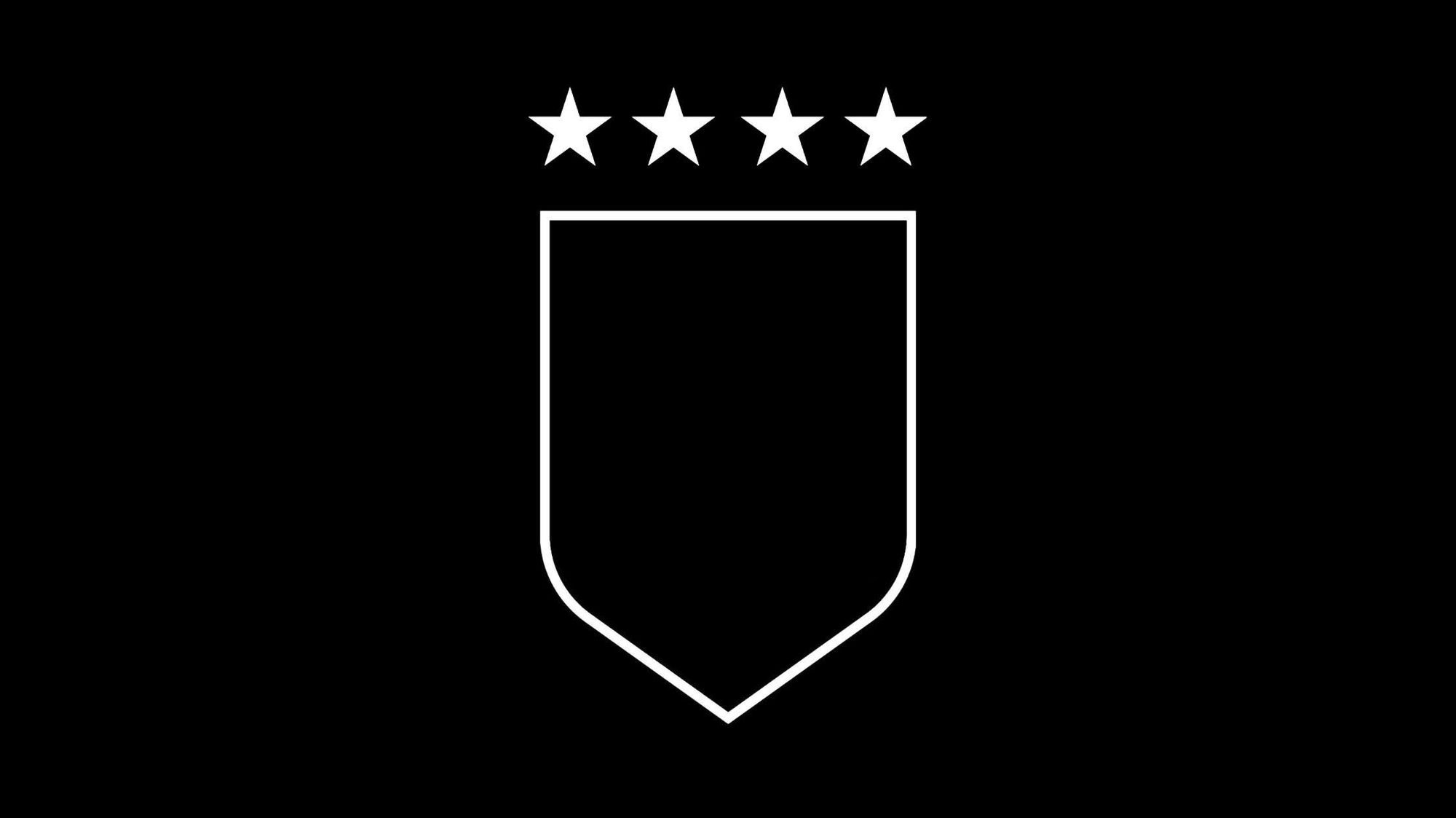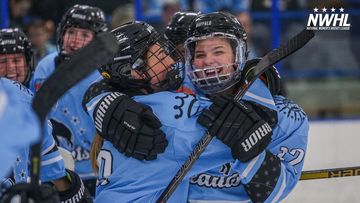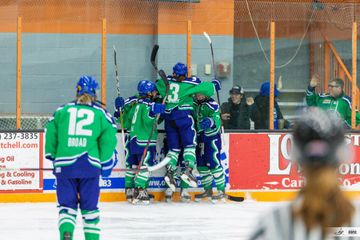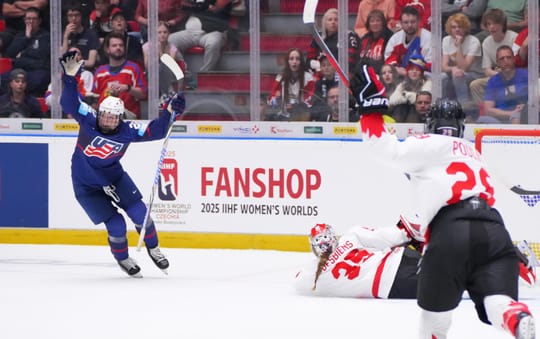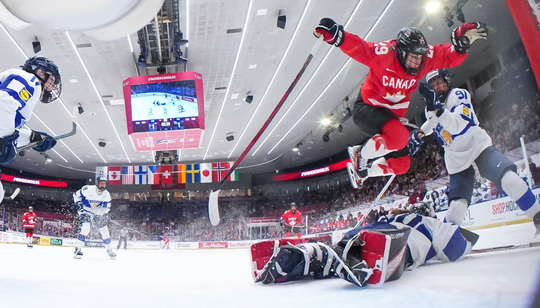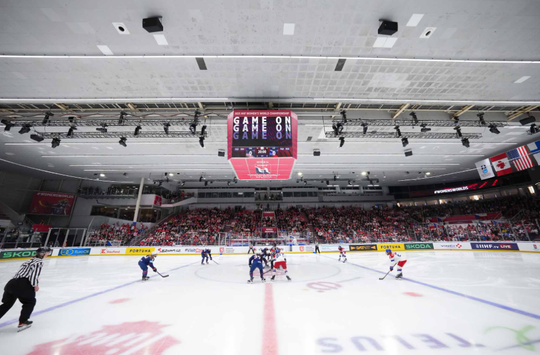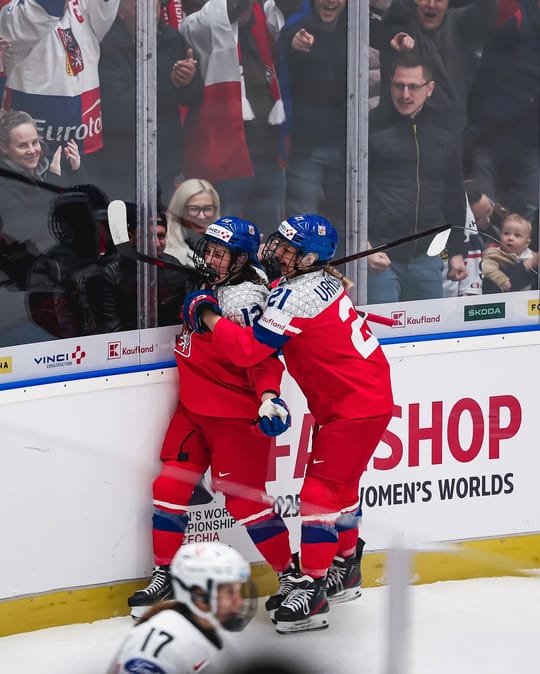Following a controversial court filing in the highly publicized equal pay lawsuit between U.S. Soccer and their employees, the USWNT, the federation is in a state of panicked turnover. On March 9, both parties released their response in opposition to the other side's motion for a summary judgement. In the documents, the federation’s lawyers repeatedly asked USWNT players how they would fare against various teams on USSF's men's side and argued that men's international soccer demands more "skill, effort and responsibility" than the women's game, a blatantly misogynistic statement that encapsulates the sexism embedded throughout the organization's defense.
USSF's claim exploded across the internet, drawing criticism from the federation’s sponsors, fans, and players alike. This protest reached its culmination when members of the USWNT wore their training jerseys inside-out before a match against Japan, displaying the empty outline of the U.S. Soccer crest with the team’s four stars — a symbol of their four World Cup titles — above the logo. The next day, now-former President Carlos Cordeiro announced his resignation on Twitter.
Cordeiro's Vice President, Cindy Parlow Cone, stepped in as his replacement — the first woman to ever lead the federation. Further change has come in the form of Will Wilson, who was announced as the USSF CEO on March 23.
Since taking up their new roles, both Parlow Cone and Wilson have expressed their desire to settle the lawsuit between USSF and the USWNT out of court and criticized the actions that the federation has taken. However, Parlow Cone has come into scrutiny since her de facto promotion; she was a member of the USSF Board of Directors (who have been criticized by many for their role in upholding systemic gender-based discrimination within the federation) and was not an active advocate of equal pay during that time. Additionally, she served on Cordeiro's committee that oversaw the legal proceedings of the USWNT lawsuit, although allegedly the group never saw the language in the now-infamous filing. As Claire Watkins noted, Parlow Cone's defense that the committee didn't closely oversee the filing was either untrue (a technically accurate statement that is essentially untrue in effect), or evidence that the group was not doing a great job of what it was assigned to do. Neither of these possibilities reflect particularly well on Parlow Cone or USSF as a whole.
Either way, combating the institutional sexism that is rooted in the Federation's operations and culture is going to take more than a simple legal compromise.
As is the case throughout international soccer (and sports as a whole, and more generally the world we live in), USSF's workplace is steeped in misogyny, and the USWNT have been battling this for decades. Most recently, two consecutive World Cup titles, accompanied by an absolutely dominant record in women's international soccer and the rise of Megan Rapinoe into something of a cultural icon, have lent a spotlight to the team's struggles against their employers and tipped public opinion overwhelmingly in their favor.
While inequalities between the USSF's men's and women's sides have existed since the USWNT's inception, the recent struggle found its beginning on December 31, 2012, when the 2005 Collective Bargaining Agreement between the women's players association and the federation expired. In early 2013—before the inaugural NWSL season—the USWNTPA and USSF agreed upon a memorandum of understanding, and an unofficial contract that was set to act as a CBA through December 31, 2016. This allowed USSF (along with Canada and Mexico) to pay its "allocated" national team players as the new American professional league kicked off. One organization, the USSF, would provide workers with a salary for both their time with the USWNT and in the NWSL.
Because allocated players are funded by the federation rather than their respective clubs, USSF commitments take priority when obligations for club and country come into conflict. This has, at times, led to the federation calling USWNT players into residency camps outside FIFA-delegated international breaks, leading them to miss training and games with their NWSL teams. While this has been somewhat less of an issue as the years have progressed, USSF's expectations of its workers contradict what should be be the primary purposes of having allocated players: providing financial incentive for USWNT stars to play in the states and help grow the women’s game domestically.
Regardless, the memorandum served its function for a time; allocated players worked both within the NWSL and for the USWNT, leading their club teams to championships and taking home the 2015 World Cup.
On December 23, 2015, the then-General Counsel of the USWNTPA, Richard Nichols, sent a letter to USSF, arguing that, because the MOU wasn't legally binding, the players union wanted to renegotiate. If the two parties were unable to come to an agreement, the players association was prepared to strike. In response, USSF sued the USWNTPA, arguing that the MOU carried obligations of its own, as it drew heavily on the 2005 CBA. Among the federation's central points was the viability of a player strike.
While Nichols claimed that the MOU could be terminated at the will of the players union, USSF pointed to the terms of the document: aside from the differences spelled out in the MOU, the USWNTPA had agreed to be bound to the terms of the 2005 CBA. In their motion for summary judgement, the federation argued that the no-strike provision in the previous CBA applied to the MOU as well. In short: the players did not have the right to protest by refusing to work. The latter of USSF's points was upheld by a U.S. District Court ruling on June 3, 2016.
But the conflict between the two parties didn't end there. On March 31, 2016, Rapinoe, Carli Lloyd, Alex Morgan, Becky Sauerbrunn, and Hope Solo filed a complaint under the Equal Employment Opportunity Commission, alleging unequal pay and workplace conditions compared to the USMNT. The players referenced USSF's 2015 financial report, claiming that while the USWNT brought in roughly $20 million more in revenue, they were paid a quarter of what the men made. USSF argued that the pay disparity was due to the different pay structures between the teams: the USMNT functions on a "pay to play" system that the USWNTPA rejected in their 2005 CBA in favor of a yearly salary. This is an argument that the federation has stuck to over recent years.
With the EEOC complaint still unresolved, the USWNTPA and USSF entered into collective bargaining at the beginning of 2017, following the expiration of the MOU. The resulting CBA, set to run through 2021, was based upon a similar structure to prior agreements between the parties: allocated players receive both their NWSL and USWNT salaries from USSF with certain provisions for pregnancy and injury, players are expected to make media appearances and promote the sport, and players are not permitted to strike.
However, this new CBA is far from equal to what is offered to the men – both in pay and in "playing, training and travel conditions; promotion of their games; support and development for their games," according to USWNT court filings. In response to this disparity, 28 players filed a lawsuit against USSF in March, 2019, alleging violation of the Equal Pay Act of 1963 and Title VII of the 1964 Civil Rights Act. As reported by The Associated Press, the players were granted class certification in November 2019.
Since then, the story has prompted headlines in the mainstream news: members of the USWNT taking legal action against their employers on the basis of gender discrimination. Under Title VII alone, the players are estimated to be owed over $66 million to make up for pay disparities, something likely (or at least hopefully) accompanied by revisions to the CBA that would allow the team to earn a salary that is comparable to the men.
Although the differences in prize money remain the same (a discrepancy prompted by a lack of investment in the women's game by other governing bodies such as CONCACAF and FIFA), the federation's newfound willingness to come to a settlement reflects well on a potential future relationship between the players and their employers. However, it remains to be seen how USSF will attempt to combat institutional sexism, but maybe the federation and players will be able to find some common ground.
"The women bring in more revenue, they have more interest, they win more," 2015 World Cup champion Meghan Klingenberg said when asked about the equal pay chants that filled the stadium at the 2019 World Cup Final. "No ill will towards the men – I wish them the very best, I hope they kick ass – but at the same time when you win and you create more revenue and you do all of these things to increase the value of U.S. Soccer, then the players should be paid accordingly."
To Klingenberg, this means more than simple equality: "I just wish that they chanted, 'Equitable pay,' because I think [the women] should be paid more."
(Photo Credit: @USWNT_24_7 on Twitter)
